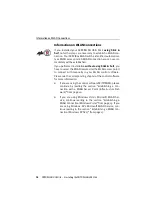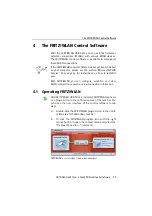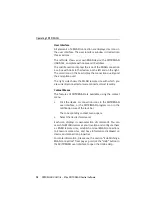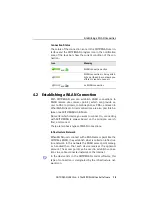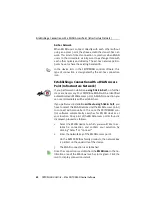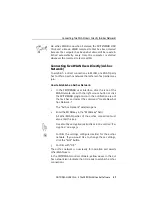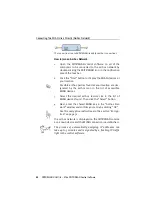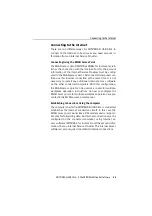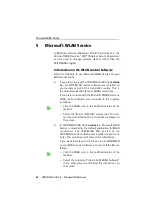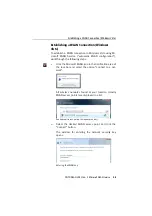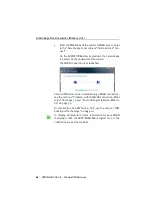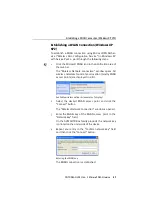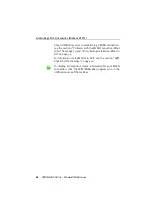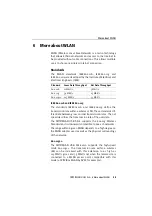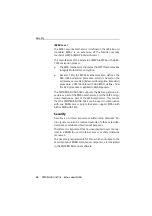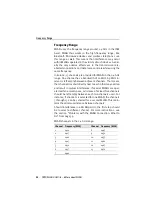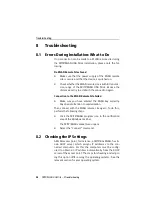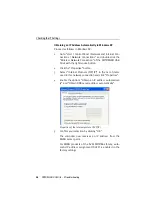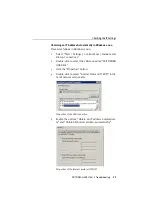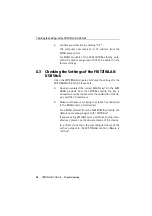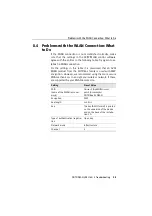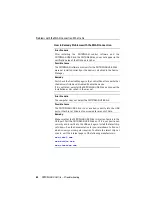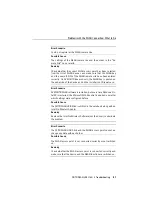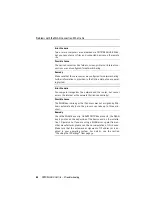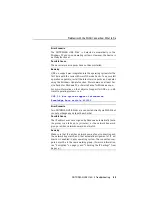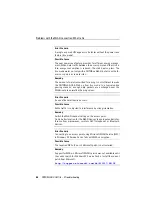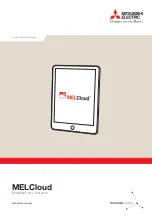
More about WLAN
FRITZ!WLAN USB Stick – 6 More about WLAN
29
6
More about WLAN
WLAN (Wireless Local Area Network) is a radio technology
that allows Ethernet networks and access to the Internet to
be provided without cable connections. This allows multiple
users to share one wireless Internet connection.
Standards
The WLAN standards IEEE 802.11b, IEEE 802.11g and
IEEE 802.11i were developed by the Institute of Electrical and
Electronic Engineers (IEEE).
IEEE 802.11b and IEEE 802.11g
The standards IEEE 802.11b and IEEE 802.11g define the
transmission rate within a wireless LAN. These standards dif-
ferentiate between gross and net transmission rates. The net
speed describes the transmission rate of the user data.
The FRITZ!WLAN USB Stick supports the 802.11g Wireless
Standard and is downward compatible to 802.11b networks.
The range within a given WLAN depends to a high degree on
the WLAN adapter used as well as the physical surroundings
of the network.
802.11g++
The FRITZ!WLAN USB Stick also supports the high-speed
mode 802.11g++. The transmission rate within a wireless
LAN can be increased with this extension to as high as
125 Mbit/s gross and 35 Mbit/s net when the remote site is
connected to a WLAN access point compatible with this
mode (a FRITZ!Box WLAN by AVM, for example).
Standard
Gross Data Throughput
Net Data Throughput
802.11b
11 Mbit/s
5 Mbit/s
802.11g
54 Mbit/s
25 Mbit/s
802.11g++
125 Mbit/s
35 Mbit/s
Summary of Contents for FRITZ!WLAN USB Stick
Page 1: ......


